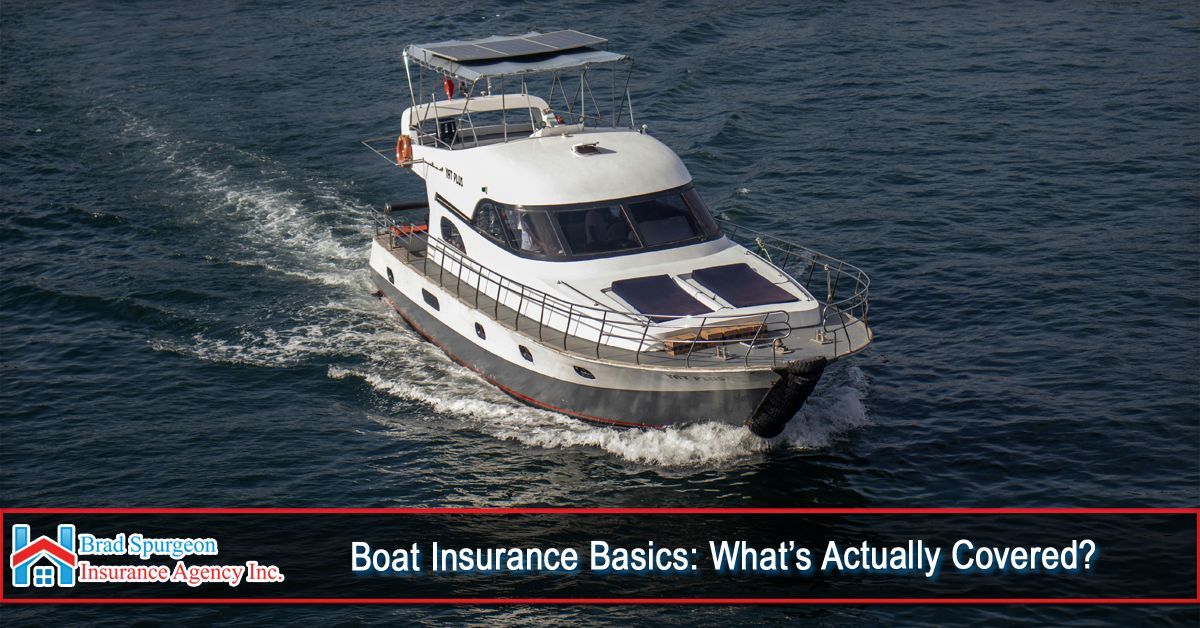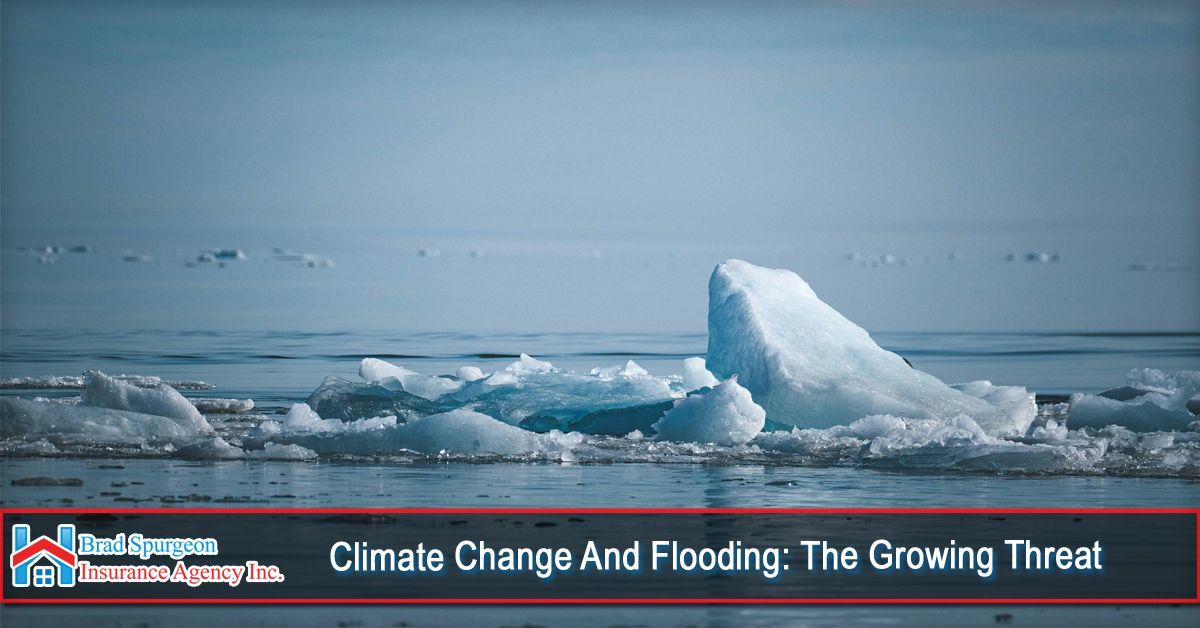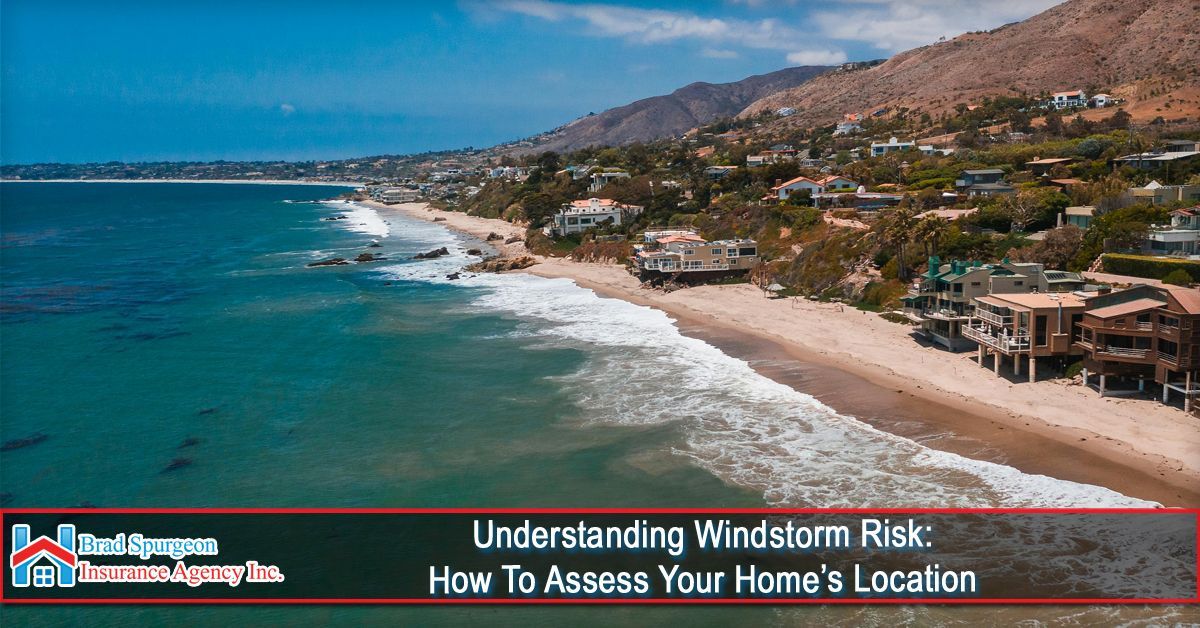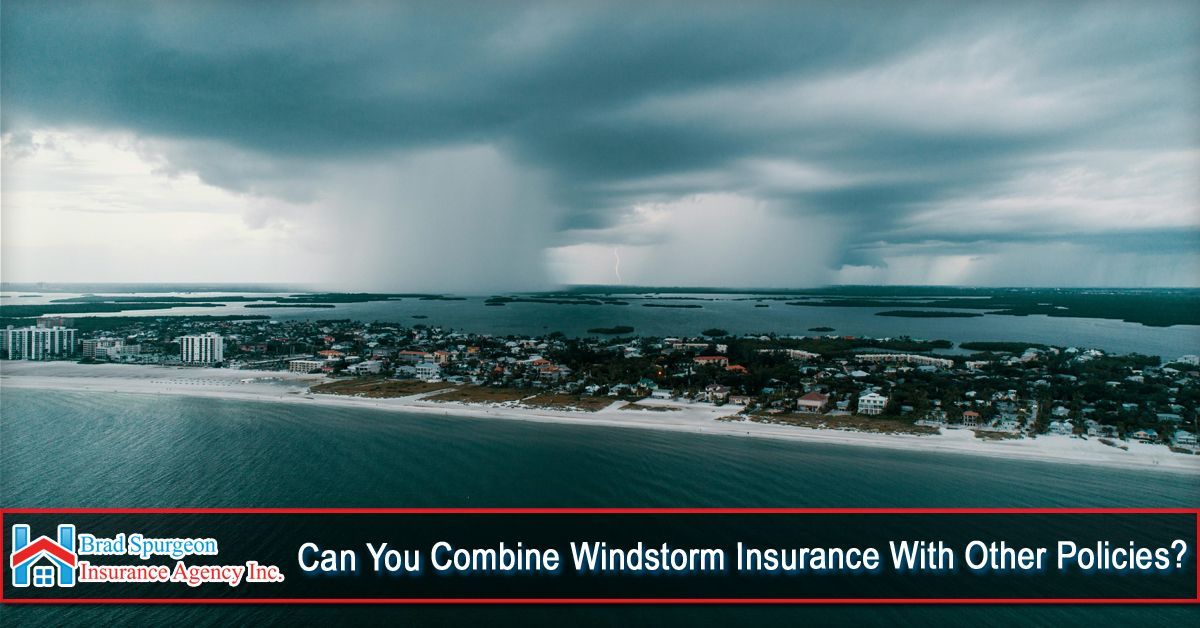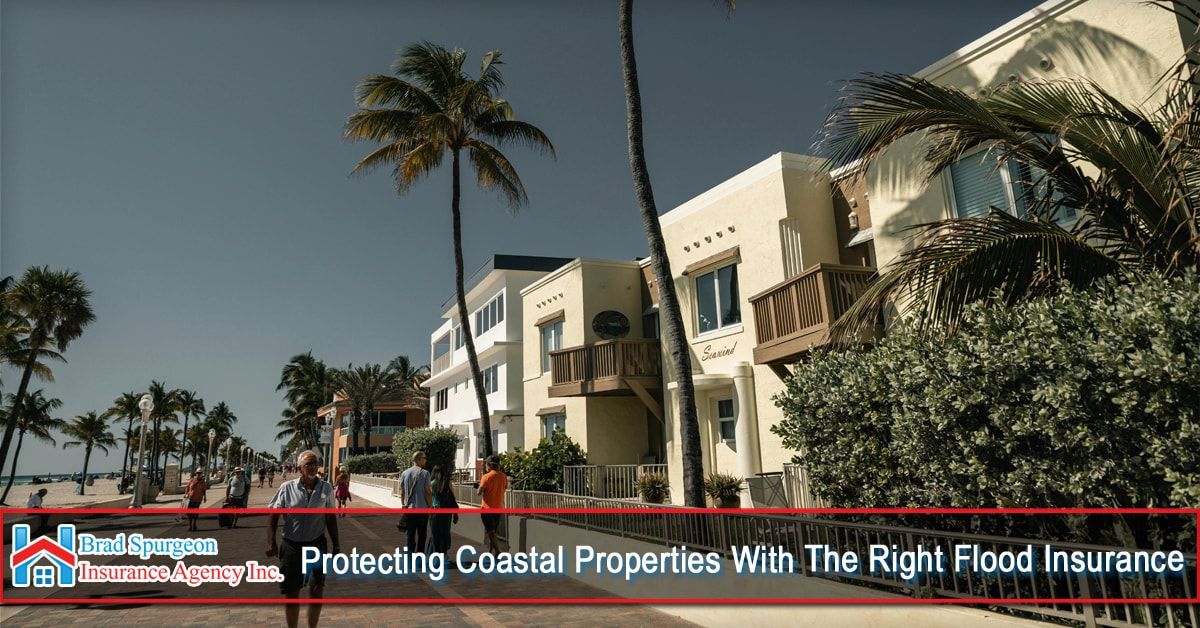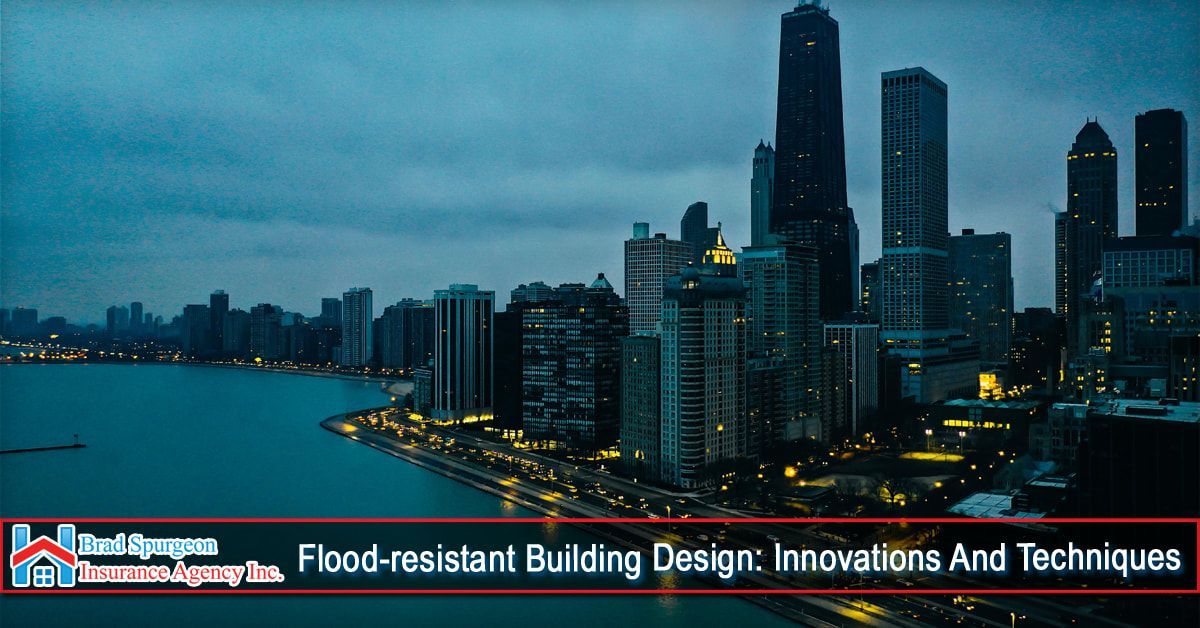Floods are among the most destructive natural disasters, causing significant damage to infrastructure, homes, and businesses worldwide. With climate change increasing the frequency and severity of flooding events, architects and engineers have developed innovative flood-resistant building designs to minimize the impact of floods and protect properties. These designs incorporate a range of techniques and materials that not only help to prevent water intrusion but also ensure that buildings can withstand the force of floodwaters. Understanding these innovations is crucial for anyone involved in constructing or retrofitting buildings in flood-prone areas.
One of the most effective techniques for flood-resistant design is elevating the structure above the expected flood level. This method, known as elevation, involves raising the building on stilts, piers, or elevated foundations, creating a clearance between the structure and the ground. By doing so, the main living or working spaces are kept out of reach of floodwaters, significantly reducing the risk of water damage. Elevation is especially common in coastal areas where storm surges and tidal flooding are prevalent. The height to which a building should be elevated is typically determined by local flood maps and regulations, which take into account historical data and flood risk assessments.
Another key aspect of flood-resistant design is the use of materials that can withstand prolonged exposure to water without significant damage. These materials include water-resistant concrete, treated wood, and specially designed waterproof coatings that can be applied to various surfaces. Additionally, non-porous materials such as ceramic tiles, stone, and metal are often used for floors and walls in flood-prone areas to prevent water absorption and minimize mold growth. By choosing these resilient materials, buildings are better equipped to handle flooding events, and cleanup after a flood is quicker and less costly.
Wet floodproofing is a strategy where certain parts of a building are intentionally designed to allow floodwaters to enter and exit, reducing the pressure exerted on the structure by the water. This approach involves using materials that are not easily damaged by water in the lower levels of the building, such as basements or garages, and installing openings like vents or breakaway walls that enable water to flow through without causing structural damage. Wet floodproofing is particularly useful for buildings in areas where complete flood avoidance is not possible, as it helps to balance the pressure between the inside and outside of the structure, preventing catastrophic damage.
In contrast to wet floodproofing, dry floodproofing aims to prevent water from entering the building altogether. This method involves sealing the building’s exterior with waterproof barriers, coatings, and sealants, as well as installing flood-resistant doors, windows, and other openings. Dry floodproofing is often used in commercial buildings where it is essential to keep the interior dry to protect valuable equipment, inventory, or data. While this technique can be highly effective, it is generally recommended for buildings where the expected flood depth is relatively shallow, as deeper floods may overwhelm the barriers.
In areas where flooding is frequent and severe, architects have developed the concept of floating structures—buildings that are designed to float on the surface of floodwaters. These structures are anchored to the ground with flexible moorings that allow them to rise and fall with the water level. Floating structures are particularly innovative in regions where traditional flood prevention methods are not feasible due to extreme water levels. This design not only prevents flood damage but also allows for the continued use of the building during and after a flood event.
To ensure that buildings in flood-prone areas are constructed with these techniques in mind, many regions have implemented flood-resistant building codes and regulations. These codes dictate the minimum requirements for building elevation, material use, and other floodproofing measures based on the local flood risk. Compliance with these regulations is crucial for obtaining building permits and ensuring that structures are safe and resilient in the face of flooding.
While innovative building designs and techniques can significantly reduce the risk of flood damage, they cannot eliminate it entirely. This is where flood insurance plays a critical role. Even with the best flood-resistant designs, there is always a residual risk of flooding, especially in areas prone to extreme weather events. Flood insurance provides financial protection for property owners, covering the costs of repairs and rebuilding in the aftermath of a flood. For businesses and homeowners in flood-prone areas, flood insurance is not just a safety net but a necessary complement to flood-resistant design. Insurance premiums can sometimes be reduced for properties that incorporate these advanced flood-resistant techniques, making it an essential consideration in the overall flood management strategy.
Flood-resistant building design is an evolving field that combines traditional knowledge with cutting-edge innovation to create structures capable of withstanding the challenges posed by flooding. From elevated buildings to the use of flood-resistant materials and advanced wet and dry floodproofing techniques, these strategies are crucial for protecting properties in flood-prone areas. However, even with the best design practices, the risk of flood damage remains, making flood insurance an indispensable part of any comprehensive flood risk management plan. By integrating both innovative design and appropriate insurance coverage, property owners can ensure that they are well-prepared for the uncertainties of nature.
At Brad Spurgeon Insurance Agency Inc., we aim to provide comprehensive insurance policies that make your life easier. We want to help you get insurance that fits your needs. You can get more information about our products and services by calling our agency at (409) 945-4746. Get your free quote today by CLICKING HERE.
Disclaimer: The information presented in this blog is intended for informational purposes only and should not be considered as professional advice. It is crucial to consult with a qualified insurance agent or professional for personalized advice tailored to your specific circumstances. They can provide expert guidance and help you make informed decisions regarding your insurance needs.
